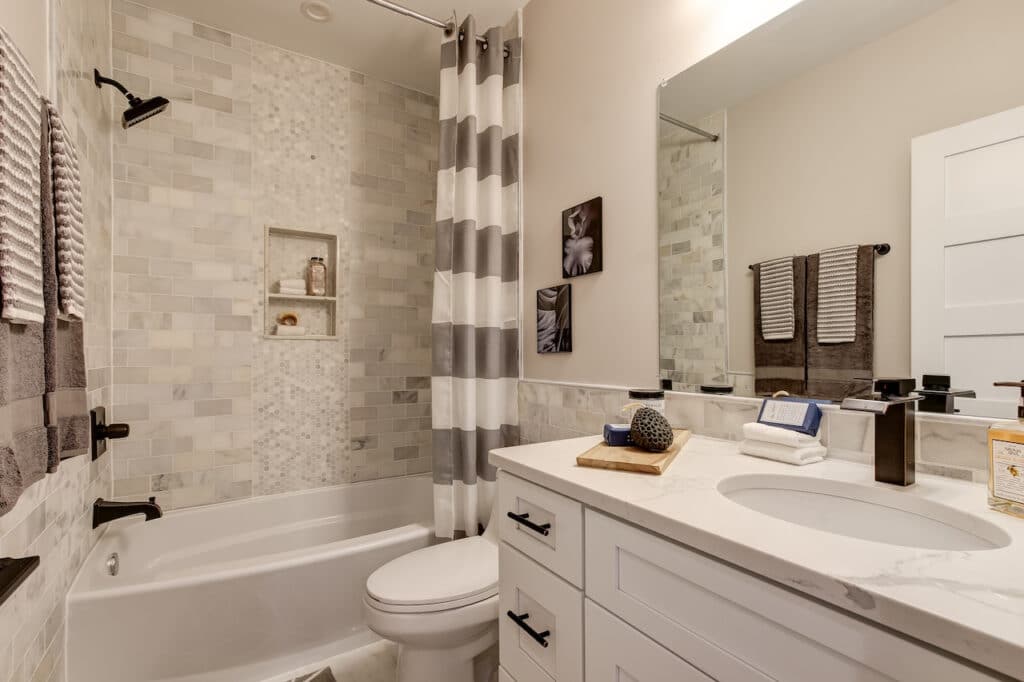
How to Effectively Adjust Your Toilet Flush Pressure?
Share
For tech-savvy individuals, efficiency isn't just a buzzword; it's a fundamental principle in every aspect of life, including home plumbing. A common concern among homeowners is achieving optimal flushing performance in their toilets. Learning how to adjust toilet flush pressure can lead to a more efficient plumbing system that meets contemporary standards.
Modern toilets operate similar to complex machinery, relying on precise mechanics. However, over time, you might experience diminished flushing strength, resulting in inefficiencies and increased clogs. Let's explore why you might need to adjust your toilet's flush pressure and the correct way to do it.

Comprehending Toilet Flush Mechanisms
Before we delve into adjustment methods, its important to grasp the basic parts of a toilet's flush mechanism. Toilets generally function through gravity-fed systems or pressure-assisted systems. Gravity-fed toilets depend on the weight of the water to create flushing force, while pressure-assisted models utilize compressed air for a more powerful flush. Each system has its unique requirements and adjustment methods.
Signs That Your Toilet is Underperforming
Noticing a less-than-ideal toilet performance? Look out for these indicators:
- Weak or incomplete flushes.
- Continuous water running sounds.
- Regular clogs.
Such issues often stem from improper flush pressure. Understanding how to adjust and maintain it can help you avoid frequent plumbing expenses.
Steps to Adjust Toilet Flush Pressure
For Gravity-Fed Toilets
If your toilet utilizes a gravity-fed system, the fix primarily involves adjusting the water level in the tank. Heres how to do it:
- Check the Water Level: Begin by removing the tank lid and checking the water level. If it's too low, it might not generate sufficient flushing power.
- Adjust the Float: Raise the toilet float to increase the water level. The float regulates the water level in the tank, which affects flush strength.
- Inspect the Flapper: Ensure that the flapper valve provides a proper seal since a damaged flapper can cause leaks and reduce efficiency.
For Pressure-Assisted Toilets
Adjusting a pressure-assisted system isn't usually a straightforward process and may require help from a professional. However, the first step should be checking for any debris obstructing the air pressure chamber.
Ensuring Long-Term Flush Efficiency
After adjusting the flush pressure, regular maintenance is crucial for sustained performance:
- Be cautious about what you flush; non-flushables can hinder efficiency.
- Periodically inspect for signs of wear and damage.
- Consider upgrading components when necessary, such as implementing a more water-efficient flapper.
If issues continue, consulting a professional plumber can save time and help maintain your system's optimal function.
Additional Resources
For more insights into bathroom efficiency and safety, check out this guide on safe toilet usage. Also, visit how to fix a toilet for troubleshooting tips, or read about pool removal costs. For more renovation ideas, consider looking at building a pool deck.

FAQs
How can I tell if my toilet is pressure-assisted?
Typically, pressure-assisted toilets are louder and have a more powerful flush sound. You can also check the tank for a separate cylinder device to determine the type.
What if adjusting the float doesn't help?
If adjusting the float doesnt resolve the issue, it may be worth checking the fill valve for blockages or considering a replacement.
Can optimizing flush pressure help conserve water?
Absolutely! By fine-tuning your toilet's flush pressure, you ensure complete waste removal with each flush, which minimizes the need for repeat flushes and conserves water.
